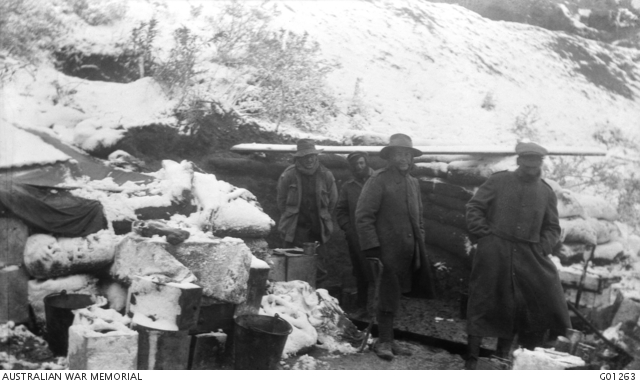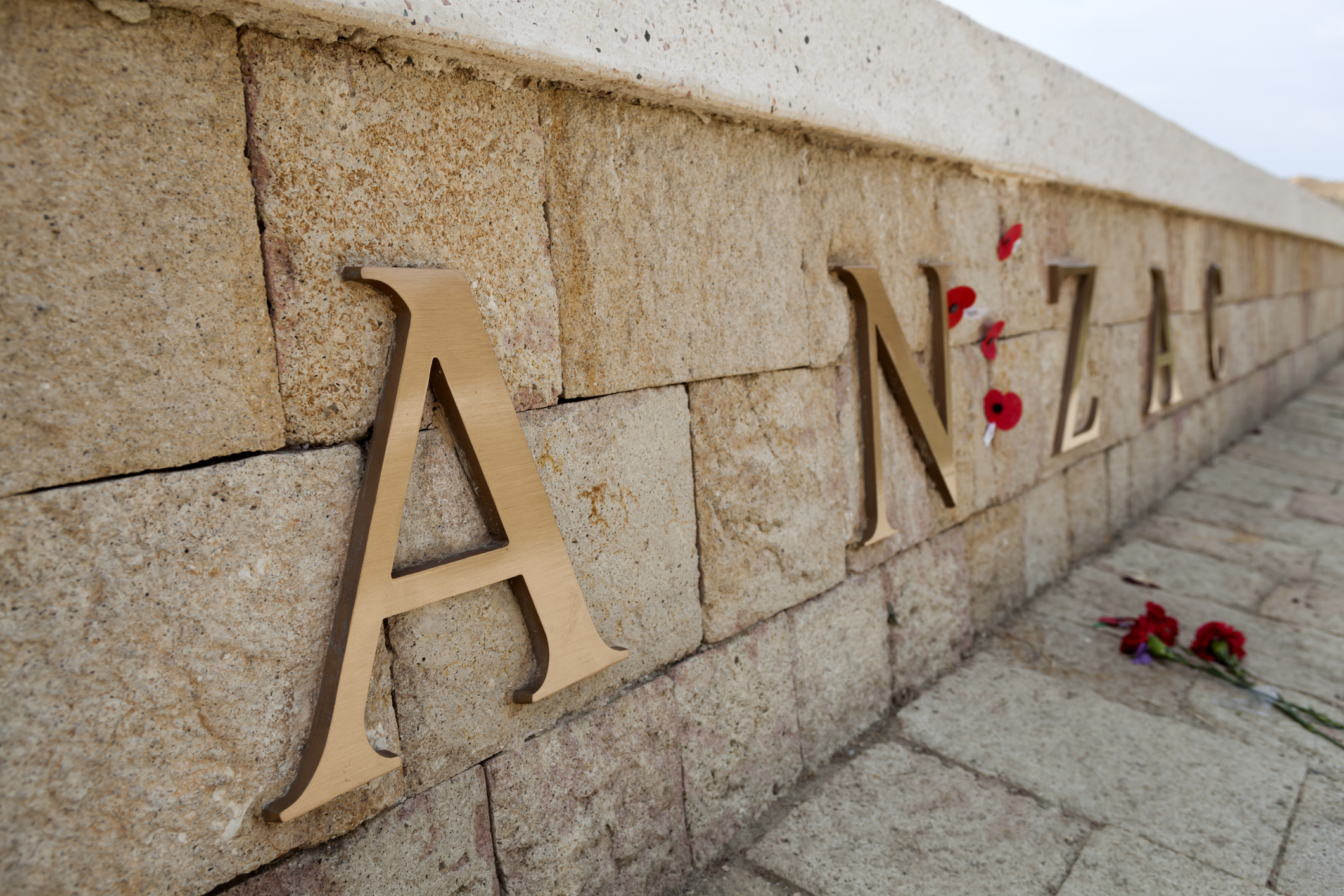A digger's letter from snowbound Gallipoli
In weather terms, the Anzacs at Gallipoli copped it all – from parched, scorching summers to freezing winters as weather systems with origins in the Russian Arctic surged southwards over Turkey.
Most of the Australians who fought with at Gallipoli had never seen snow, and there's one memorable letter from a digger that captures his first experience of a snowfall.
We ran the key section of the letter in our story about Gallipoli weather on Anzac Day 2021, but we thought we'd give a bit more context this time.
The letter, dated 28 November 1915, was penned by Private Ronald McInnis of the 26th Battalion. McInnis was a prolific diarist and letter writer who served his country in Europe as well as at Gallipoli. He survived the war and lived till old age, dying in his nineties in 1982.
You can read his letters and diary entries at the Australian War Memorial's online archives. Many of them are quite long and descriptive, although that's not true for his entry about the snowfall of November 28. In the great tradition of the understated Australian, this entry said plenty by saying little.
"It is actually snowing this morning. The first I have ever seen. I woke up to find the whole country white. It looks beautiful and covers over so many things which are not."

Image: Diggers in the snow at Gallipoli, winter of 2015/16. Source: Australian War Memorial.
That's it. That was all Private Ronald McInnis had to say about an unexpected snowfall which heralded the onset of a brutal winter in which many ANZACs suffered frostbite.
The next diary entry from Private McInnis, dated December 2, was what you might call "back to business" as he shared details of life in the trenches, including the paradoxical fact that the closer you were to the front line, the safer you were from shell fire.
"We have had a bad time lately with shell-fire. It has increased very consideraby, and our casualties are numerous. The trenches are too close on Quinn's Post for either side to shell the other much, so we are safest from it in the front line."
The Gallipoli campaign would eventually end before winter did. But its legacy lives on.
Lest we forget.

Image: Memorial wall at Anzac Cove, Gallipoli, Turkey. Source: iStock.
GALLIPOLI WEATHER STATS
For those interested in the current weather conditions or long-term averages (in a 30-year period from 1981-2010) in the coastal city of Çanakkale, the closest large city to the battlefields of Gallipoli, the Turkish State Meteorological Service has a page here.
You'll be interested to note that:
- The average maximum temperature in the hottest month is 30.7°C (July and August equally), which is hotter than the average maximums in Sydney, Melbourne or Canberra in their hottest month (January)
- The average maximum temperature in the coldest month (January) is 9.7°C, which is colder than the average maximums in Sydney, Melbourne or Canberra in their coldest month (July).